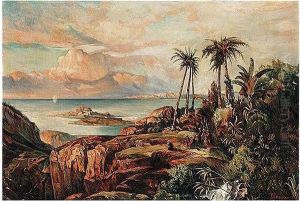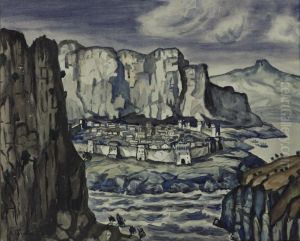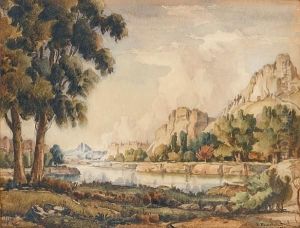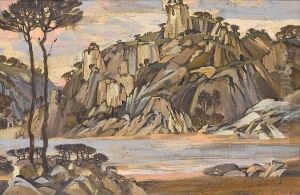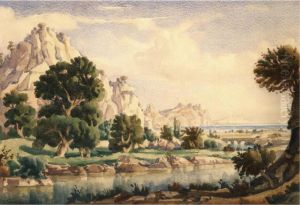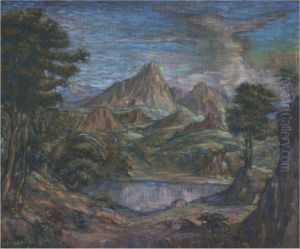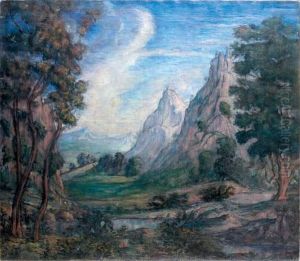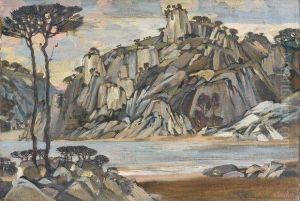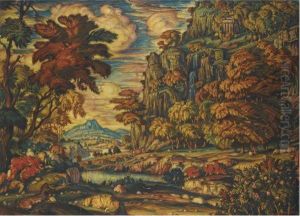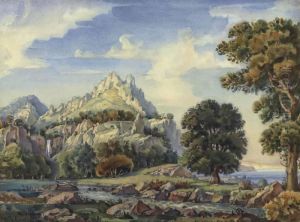Konstantin Fedorov. Bogajewski Paintings
Konstantin Fyodorovich Bogayevsky (Russian: Константин Фёдорович Богаевский) was a distinguished Russian painter, associated with the Symbolist movement and known for his unique interpretations of landscapes, imbued with a mystical and philosophical depth. Born on February 15, 1872, in the Crimea, his works were deeply influenced by the scenic beauty of his homeland, which would become a central theme throughout his artistic career.
Bogayevsky studied at the Moscow School of Painting, Sculpture and Architecture, where he was influenced by Russian landscape painters of the time. However, his artistic journey took a significant turn after his encounter with the works of the French Impressionists and, more importantly, his meeting with Arkhip Kuindzhi, a renowned Russian landscape painter who became his mentor. Kuindzhi's influence is evident in Bogayevsky's approach to light and color, which became more pronounced and emotionally charged.
In the early 20th century, Bogayevsky's work evolved towards Symbolism, reflecting his interest in expressing more than just the visible world. His landscapes became arenas for mystical and historical narratives, often inspired by the mythology and literature of ancient Greece and Rome. This period saw the creation of some of his most famous works, where the natural world was transformed into a stage for timeless dramas and allegories.
Despite his association with major artistic movements of the time, Bogayevsky maintained a distinct personal style, characterized by a dramatic use of color and light, and a tendency to infuse landscapes with a sense of the sublime and the metaphysical. His paintings often depicted the Crimean landscape but transformed it into a space where reality merged with fantasy, inviting viewers to ponder deeper existential themes.
Bogayevsky remained relatively isolated from the main currents of Russian avant-garde art, focusing instead on the development of his personal vision. During his later years, he continued to work in Crimea, despite the political upheavals and changes brought about by the Russian Revolution and subsequent events. He passed away on February 17, 1942, in his homeland, leaving behind a body of work that continues to be celebrated for its originality and depth, offering a unique window into the soul of the Russian landscape and its symbolic potential.
